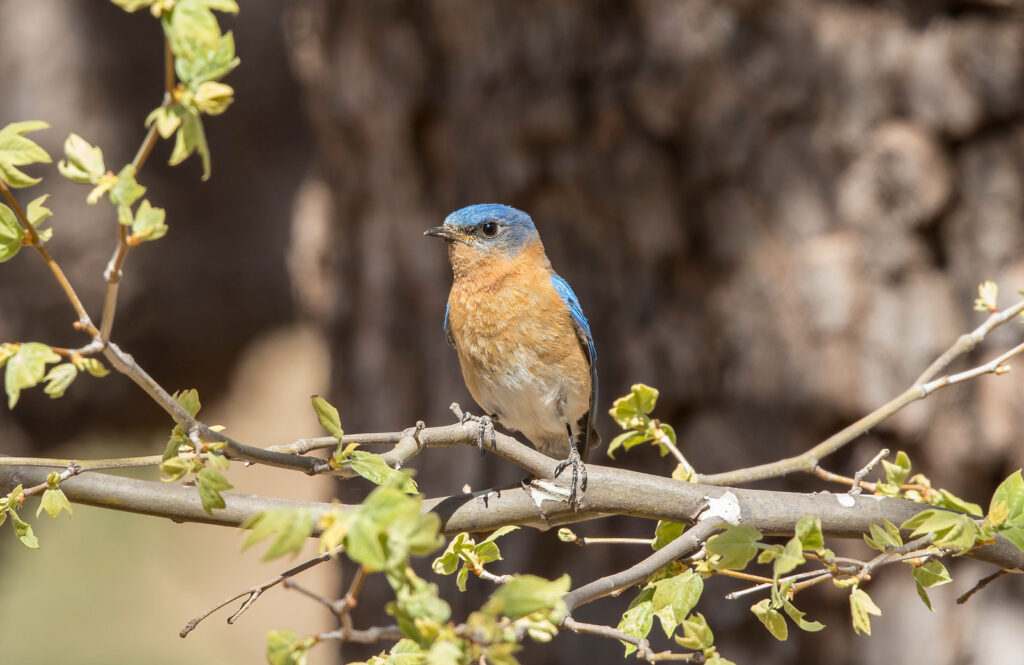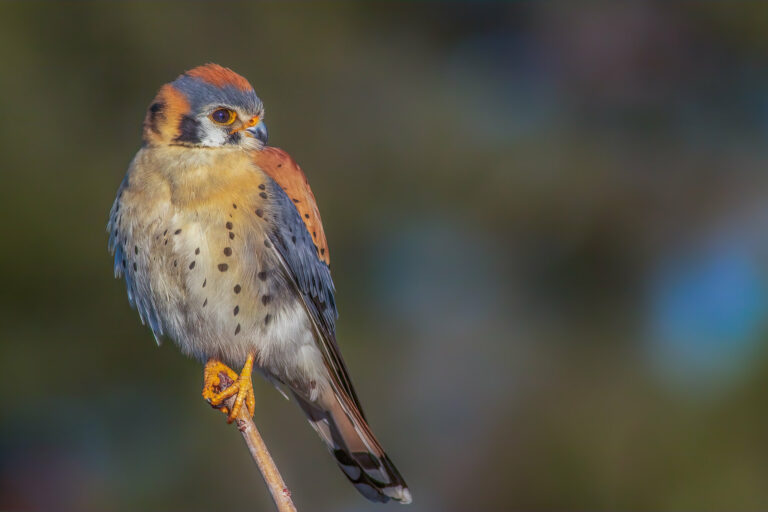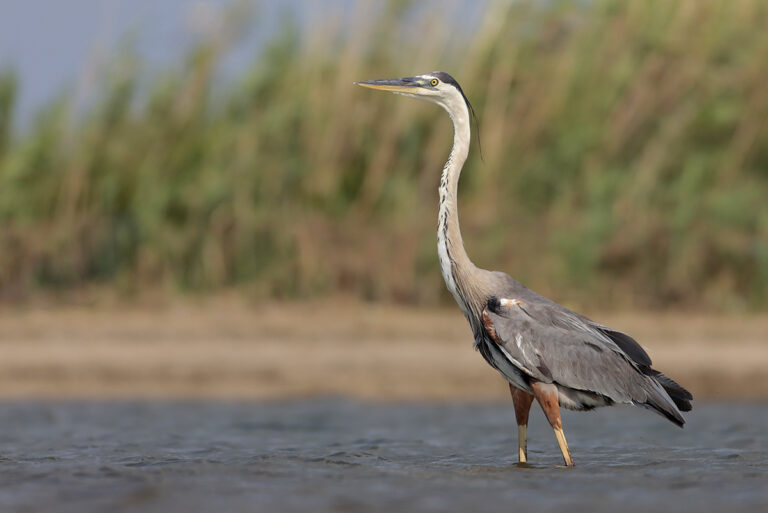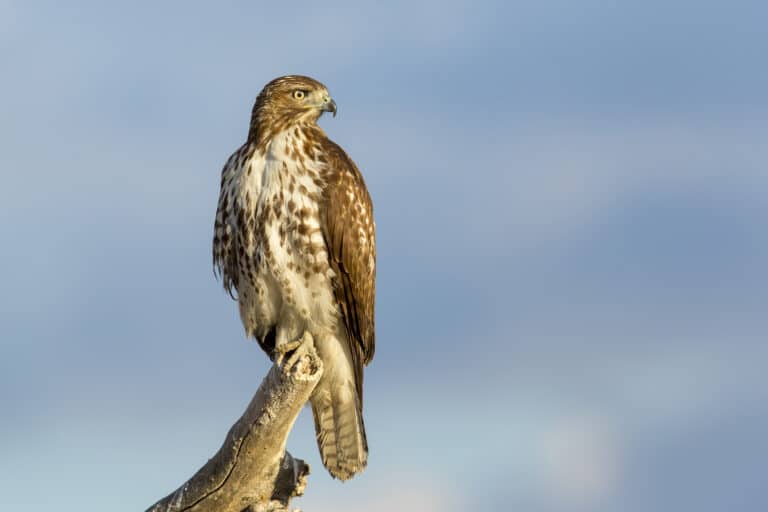Yes, you read that correctly. Eastern Bluebird. While the more common bluebird in our region is the Western Bluebird, Southeast Arizona also has a very special subspecies of the eastern: the Azure, or Mexican Bluebird (Sialia sialis fulva). The subspecies has a year-round range that extends down into montane, northern Mexico and can be distinguished from the typical Eastern Bluebird by its more pale and dull underparts, with less contrast with the white belly. In Southeast Arizona, Azure Bluebirds can be found primarily in the Patagonia, Santa Rita, and Huachuca Mountains, often visiting the grasslands surrounding these Sky Islands. Due to its strict habitat requirements, the bird is listed by Arizona Game & Fish as a “Species of Greatest Conservation Need” and “Vulnerable.”
Eastern Bluebirds are secondary cavity-nesters, often utilizing disturbed, human-modified habitats, and have long been known to use artificial cavities such as nestboxes. This proximity to humans and ease of viewing has led to the species being a model for studying important questions in ecology and evolution over the last 40 years. Contributing to this important work, the North American Bluebird Society (NABS) was formed to construct and monitor “bluebird trails” that consist of transects of nestboxes—volunteers across the country do this work!
Tucson Audubon is an affiliate of NABS, and since 2016 has been creating and monitoring bluebird trails with a focus on Azure Bluebird conservation. Trails were established in the Santa Rita and Patagonia Mountains, the Canelo Hills area, and the Sonoita grasslands. Nestboxes on these trails have had confirmed Azure Bluebird nests, along with nests of other species including Ash-throated Flycatcher, Bridled Titmouse, and Bewick’s Wren.




